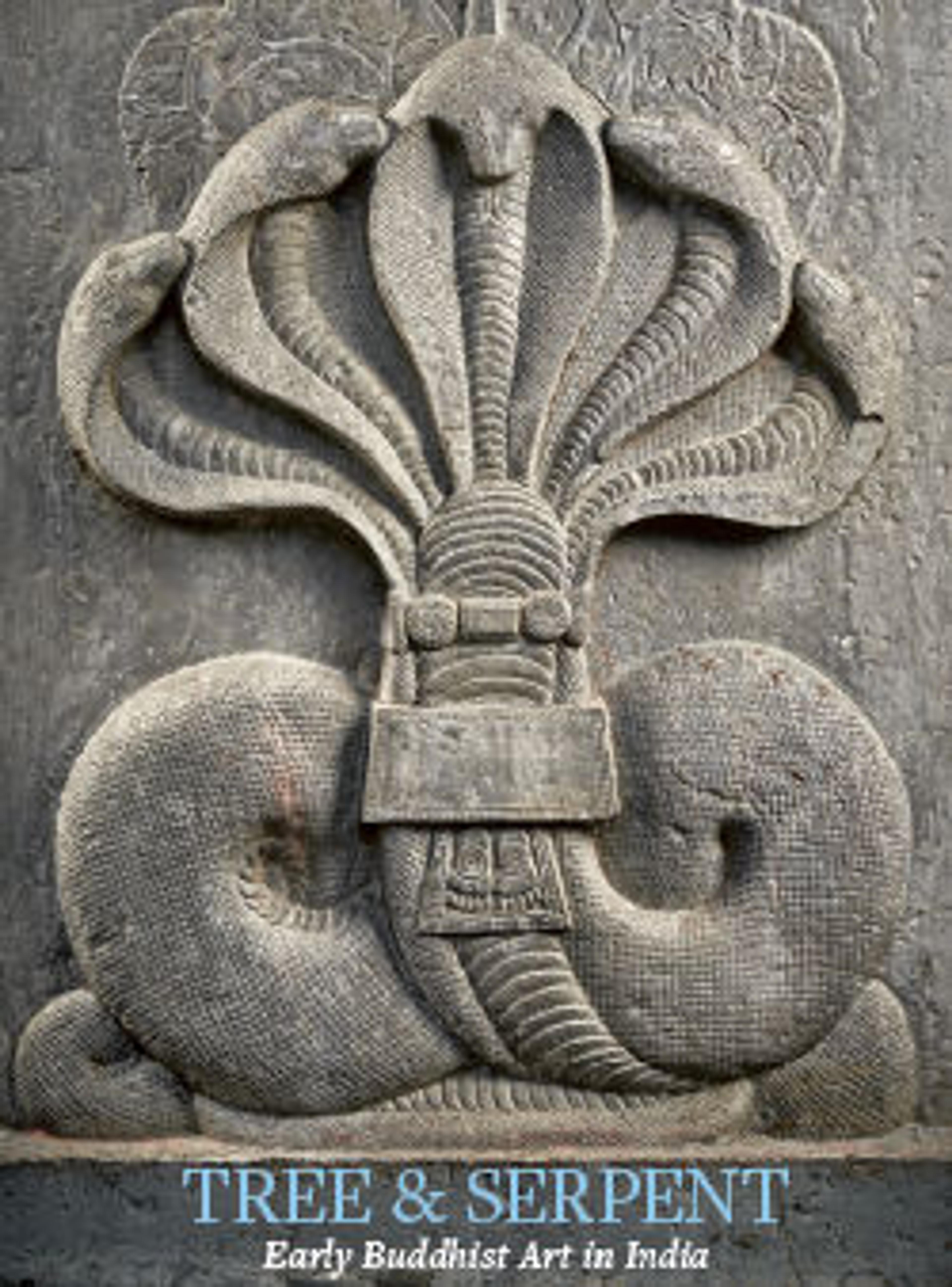Ring stone with goddesses and aquatic plants
Recent finds of gold foil alongside finely carved discs suggest ring and disc stones were jewelers’ molds. Their designs incorporate honeysuckle and lotus, signs of auspiciousness and abundance. The Hellenized honeysuckle, introduced to India from Persia, had a popular local equivalent, the snake flower (nagapuspa).
Artwork Details
- Title: Ring stone with goddesses and aquatic plants
- Period: Maurya
- Date: 3rd–late 2nd century BCE
- Culture: Northern India
- Medium: Steatite
- Dimensions: Diam. 2 5/16 in. (5.9 cm)
- Classification: Stone
- Credit Line: Samuel Eilenberg Collection, Bequest of Samuel Eilenberg, 1998
- Object Number: 2000.284.10
- Curatorial Department: Asian Art
More Artwork
Research Resources
The Met provides unparalleled resources for research and welcomes an international community of students and scholars. The Met's Open Access API is where creators and researchers can connect to the The Met collection. Open Access data and public domain images are available for unrestricted commercial and noncommercial use without permission or fee.
To request images under copyright and other restrictions, please use this Image Request form.
Feedback
We continue to research and examine historical and cultural context for objects in The Met collection. If you have comments or questions about this object record, please contact us using the form below. The Museum looks forward to receiving your comments.
